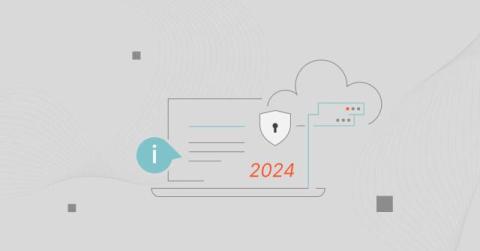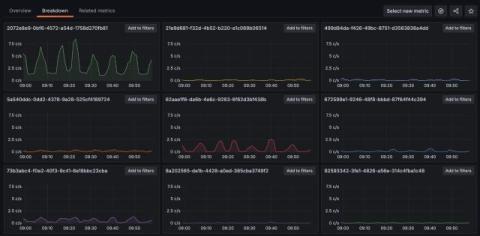Playwright surpasses Cypress for downloads... what happens now?
Starting a few weeks ago, according to npmtrends.com, Playwright surpassed Cypress in npm downloads, indicating that more projects are starting with Playwright as their preferred automation framework.











